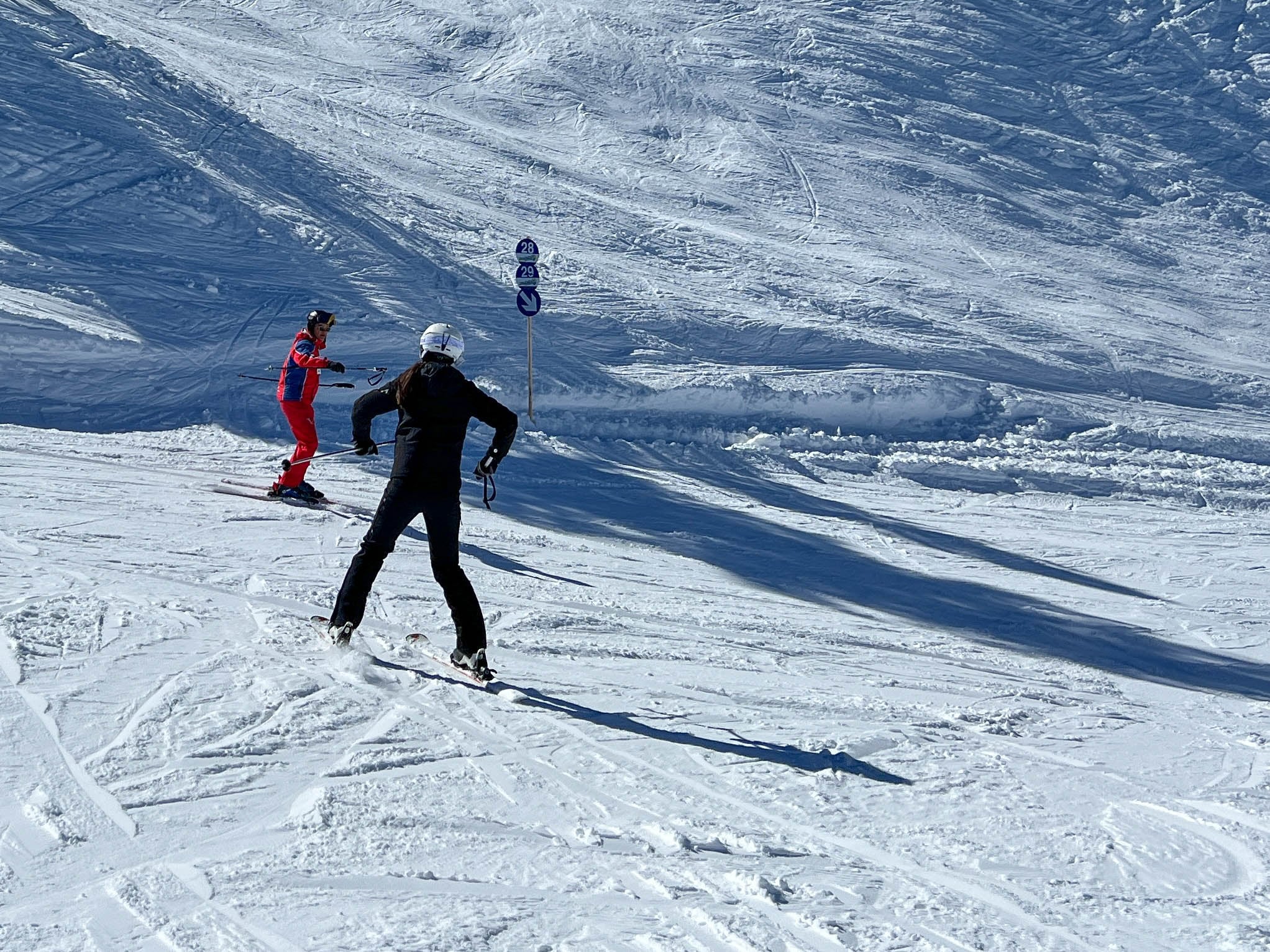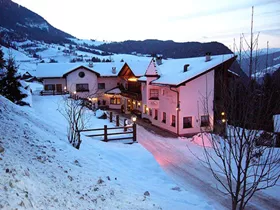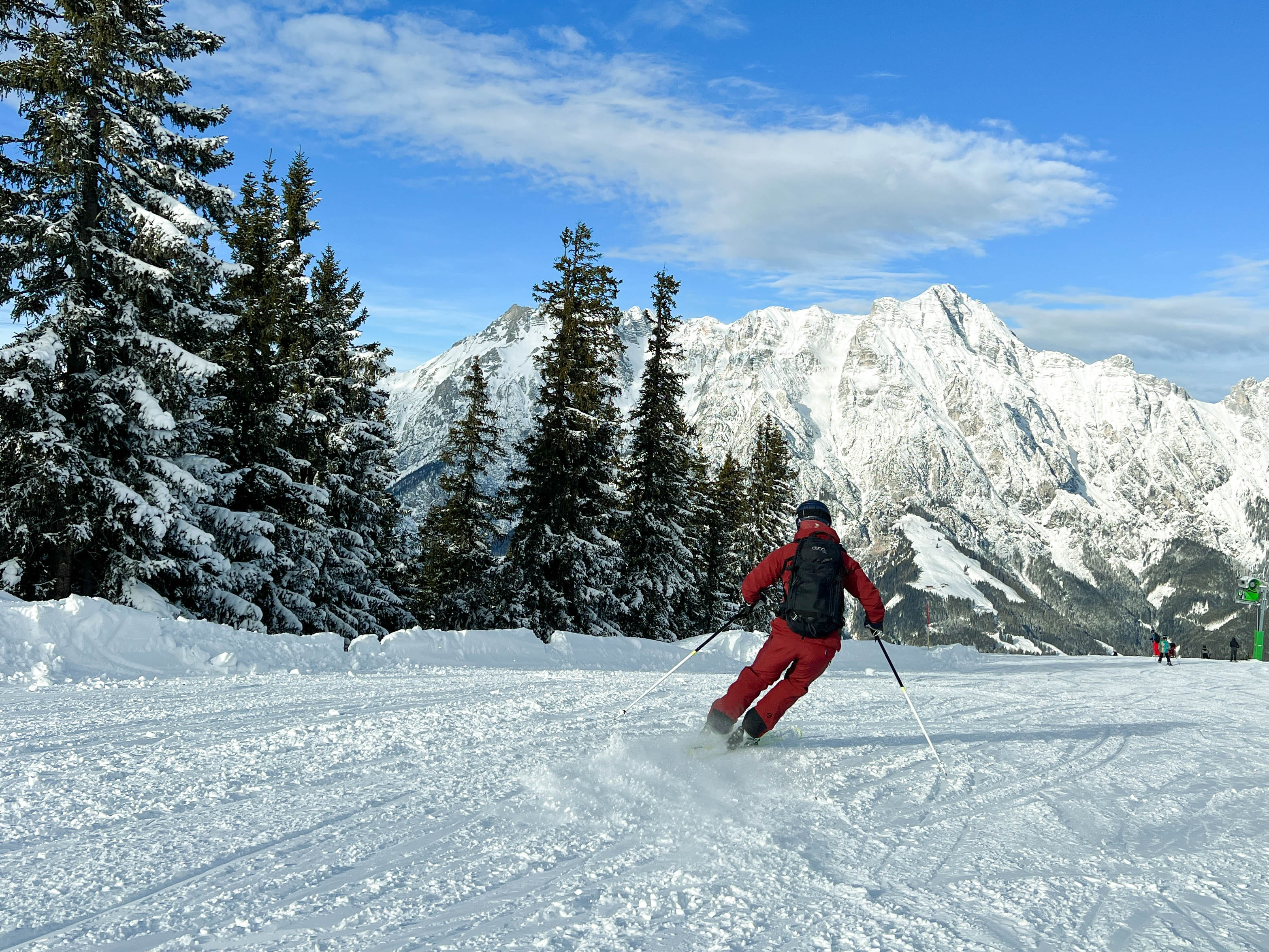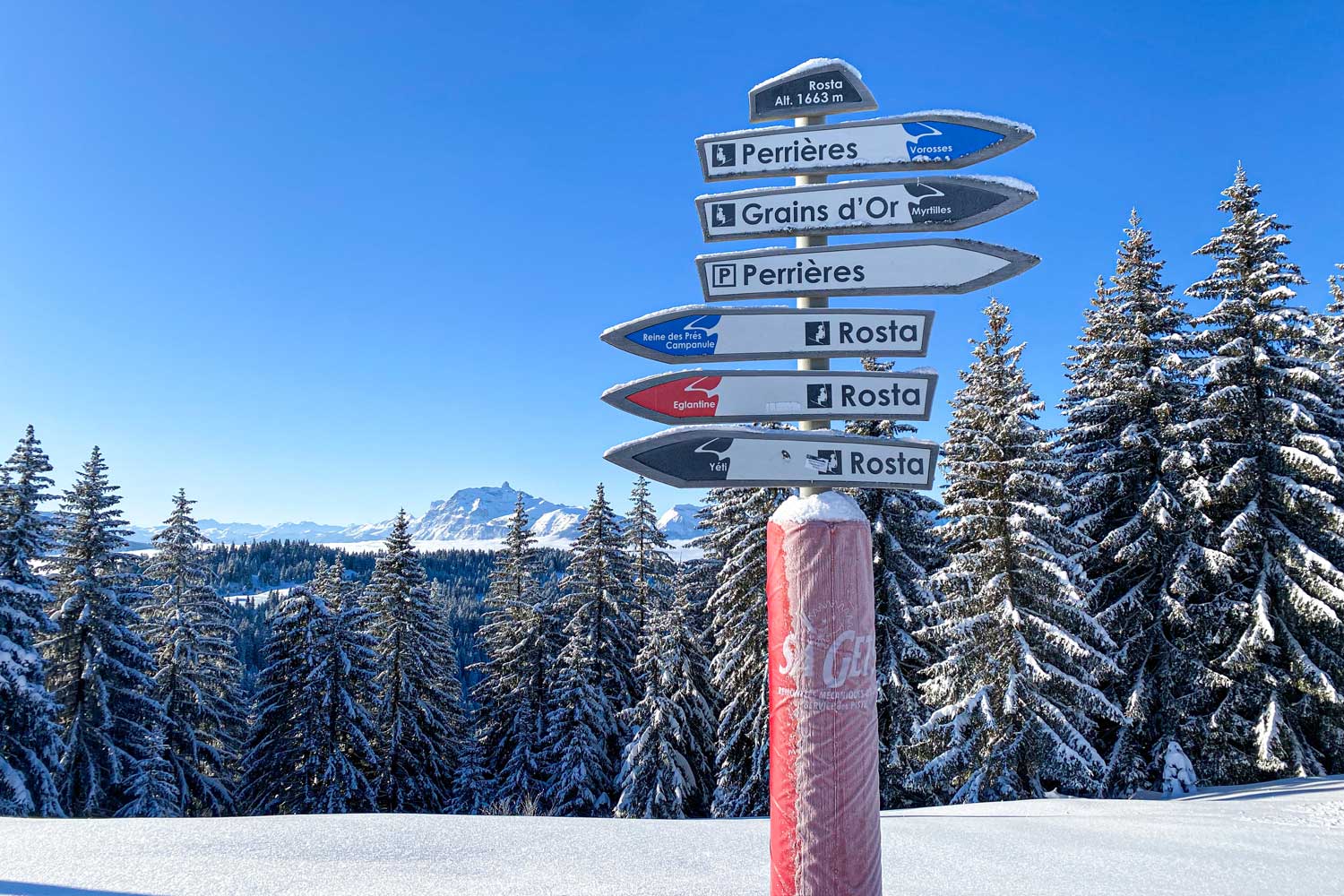
Snow farming at © Courchevel
It was a fantastic ski season for the Alps, with ski resorts opening early and receiving plenty of snow throughout the season. But as we’ve seen over the last few decades, snow cover has been generally dwindling in the Alps. In hopes of avoiding the painful season openings we’ve witnessed in the past few years, some alpine ski resorts have resorted to snow farming. The process involves shielding batches of snow from the heat to stop them from melting over the summer, an optimistic stopgap measure designed to keep the ski resorts open while we fight against the damaging effects of climate change.
Snow farming: a way to defend against increasingly brown ski slopes
“Snow farming” refers to the practice of preventing snow from melting by making huge mounds of snow and protecting them with insulating materials. It’s a massive job that entails stockpiling snow with the aid of piste bashers and then either covering it in tarpaulin or covering it with a thick layer of sawdust. The technique has been used successfully in countries like Italy, Switzerland, Austria and now France. About 65-80% of the snow can be preserved, even in places with slightly warmer temperatures.
The 2016/17 ski season was plagued by brown ski hills
Courchevel tests out snow farming after enjoying great snowfall this year
Courchevel is trying out snow farming for the very first time this year. The Les Trois Vallées ski resort covered 20000m3 of snow – the size of 50 football pitches – with insulation panels and used a special tarp to protect the snow at the Emile Allais racing stadium in preparation for the Ladies’ Alpine Ski World Cup this December. Meanwhile, Val Thorens, the highest ski resort in Europe, has invested €15,000 to cover 3500m2 of snow for use in their nordic trails, ski pistes and snow parks next winter.
Gathering snow for snow farming at © Courchevel
Snow farming has been used for a decade in the Alps
The posh resort of Davos in Switzerland has engaged in snow farming since 2008, preferring sawdust over tarpaulin. Meanwhile, Austria’s Region Seefeld has been using snow farming since 2015. Their snow farming is free from chemicals and uses wood chips to preserve the snow. Germany’s Garmisch Partenkirchen ski area uses snow farming on the glacier so they can open in November, and Kitzbühel in Austria enjoys a consistently long season thanks to snow farming.
Kitzbühel often opens early thanks to snow farming © Bergbahnen Kitzbühel
Brown slopes are no cause for concern at Kitzbühel
© Bergbahnen Kitzbühel
Climate change forcing ski resort industry to get inventive to guarantee snow
While snow farming appears to be successful in preserving a good amount of snow in preparation for ski season opening, it’s still a little depressing to imagine relying on this technique in future. As snow base levels steadily decrease and ski season openings become more and more pathetic, the skiing industry is under increasing pressure to find ways to be environmentally sustainable. We can all make a difference by adopting some basic eco-friendly habits.
Snow farming at © Courchevel
It was a fantastic ski season for the Alps, with ski resorts opening early and receiving plenty of snow throughout the season. But as we’ve seen over the last few decades, snow cover has been generally dwindling in the Alps. In hopes of avoiding the painful season openings we’ve witnessed in the past few years, some alpine ski resorts have resorted to snow farming. The process involves shielding batches of snow from the heat to stop them from melting over the summer, an optimistic stopgap measure designed to keep the ski resorts open while we fight against the damaging effects of climate change.
Snow farming: a way to defend against increasingly brown ski slopes
“Snow farming” refers to the practice of preventing snow from melting by making huge mounds of snow and protecting them with insulating materials. It’s a massive job that entails stockpiling snow with the aid of piste bashers and then either covering it in tarpaulin or covering it with a thick layer of sawdust. The technique has been used successfully in countries like Italy, Switzerland, Austria and now France. About 65-80% of the snow can be preserved, even in places with slightly warmer temperatures.
The 2016/17 ski season was plagued by brown ski hills
Courchevel tests out snow farming after enjoying great snowfall this year
Courchevel is trying out snow farming for the very first time this year. The Les Trois Vallées ski resort covered 20000m3 of snow – the size of 50 football pitches – with insulation panels and used a special tarp to protect the snow at the Emile Allais racing stadium in preparation for the Ladies’ Alpine Ski World Cup this December. Meanwhile, Val Thorens, the highest ski resort in Europe, has invested €15,000 to cover 3500m2 of snow for use in their nordic trails, ski pistes and snow parks next winter.
Gathering snow for snow farming at © Courchevel
Snow farming has been used for a decade in the Alps
The posh resort of Davos in Switzerland has engaged in snow farming since 2008, preferring sawdust over tarpaulin. Meanwhile, Austria’s Region Seefeld has been using snow farming since 2015. Their snow farming is free from chemicals and uses wood chips to preserve the snow. Germany’s Garmisch Partenkirchen ski area uses snow farming on the glacier so they can open in November, and Kitzbühel in Austria enjoys a consistently long season thanks to snow farming.
Kitzbühel often opens early thanks to snow farming © Bergbahnen Kitzbühel
Brown slopes are no cause for concern at Kitzbühel
© Bergbahnen Kitzbühel
Climate change forcing ski resort industry to get inventive to guarantee snow
While snow farming appears to be successful in preserving a good amount of snow in preparation for ski season opening, it’s still a little depressing to imagine relying on this technique in future. As snow base levels steadily decrease and ski season openings become more and more pathetic, the skiing industry is under increasing pressure to find ways to be environmentally sustainable. We can all make a difference by adopting some basic eco-friendly habits.













